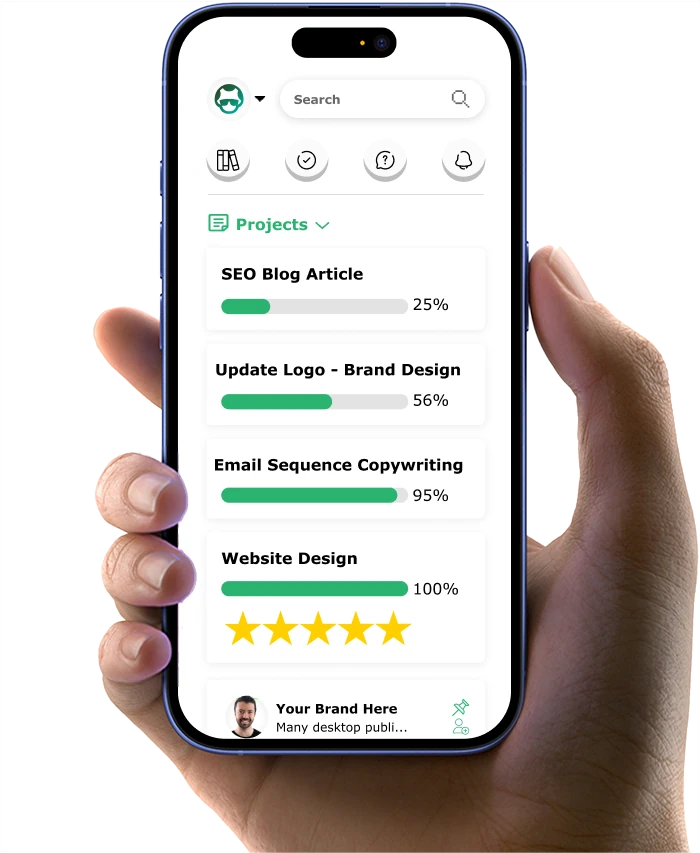Social Commerce: 11 Approaches That Actually Work
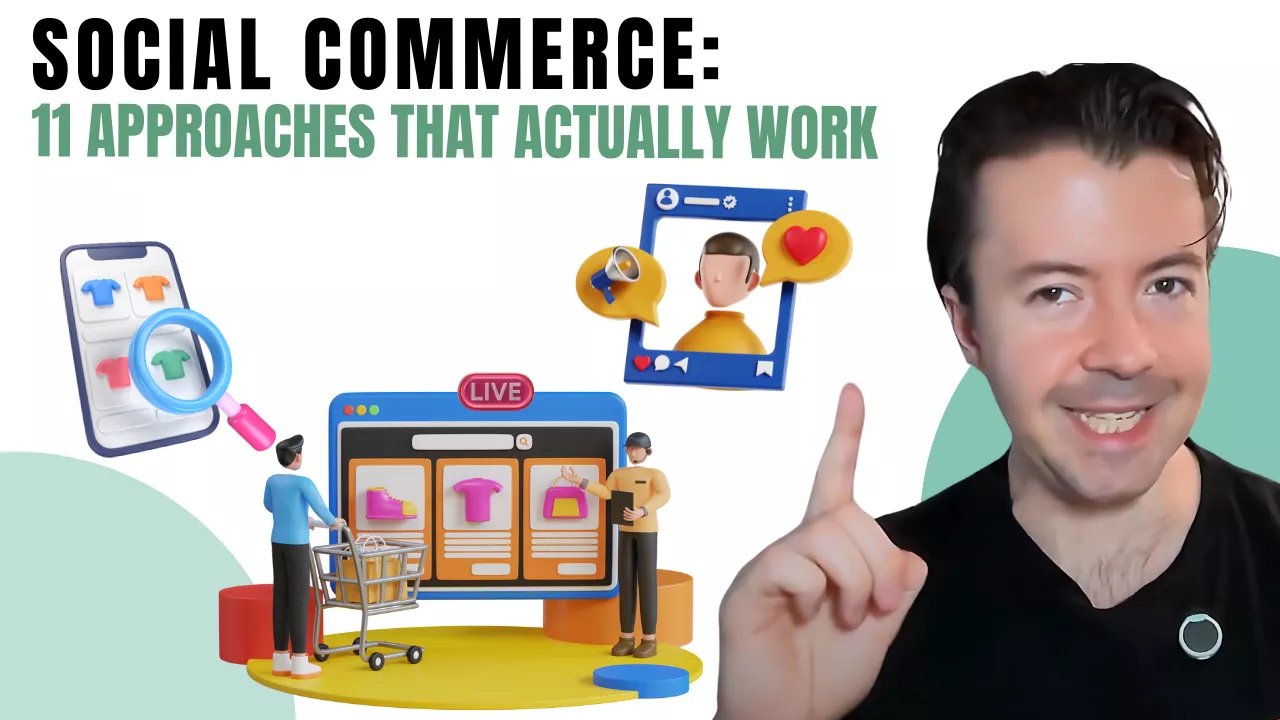
Social commerce is changing how people shop online. Have you noticed how Instagram and TikTok have basically turned into virtual malls?
Creating posts that get likes is one thing. Getting those same followers to actually buy from you? That's a whole different challenge.
According to recent data, over half of online shoppers now prefer buying without leaving their social apps. Yet most brands still force customers through a clunky process that kills sales.
The problem isn't your products or even your content. It's your social selling approach.
I've helped dozens of brands fix their social commerce strategy, and I've seen conversion rates jump from 2% to 15% with just a few strategic changes.
The best part? You don't need to create new products or even new content. You just need to optimize what you already have.
Here's what you'll discover:
- The catalog setup technique that helps customers find exactly what they want in seconds
- How to create live shopping events that turn casual browsers into eager buyers
- The 3-second video framework that stops thumbs from scrolling past your products
- A community-building approach that turns one-time buyers into brand advocates
- The simple data method that reveals which tactics actually work for your audience
Ready to start selling more through social media? Let's dive in...
Want to get all your marketing and funnel work done—without the headaches of hiring a team? Download our free guide: 33 Marketing Projects You Can Delegate to Growbo and discover how to save 100+ hours a month, grow faster, and scale without the overhead.
Social Selling Approach #1: Optimize Your Product Catalog for Social Shopping
Social commerce optimization starts with your product catalog. If your catalog isn’t visually compelling and easy to navigate, you’re missing out on sales opportunities that competitors will capture. For ecommerce brands, a well-organized catalog isn’t just about looking professional; it’s about making it effortless for customers to discover, compare, and buy your products directly from their favorite social platforms.
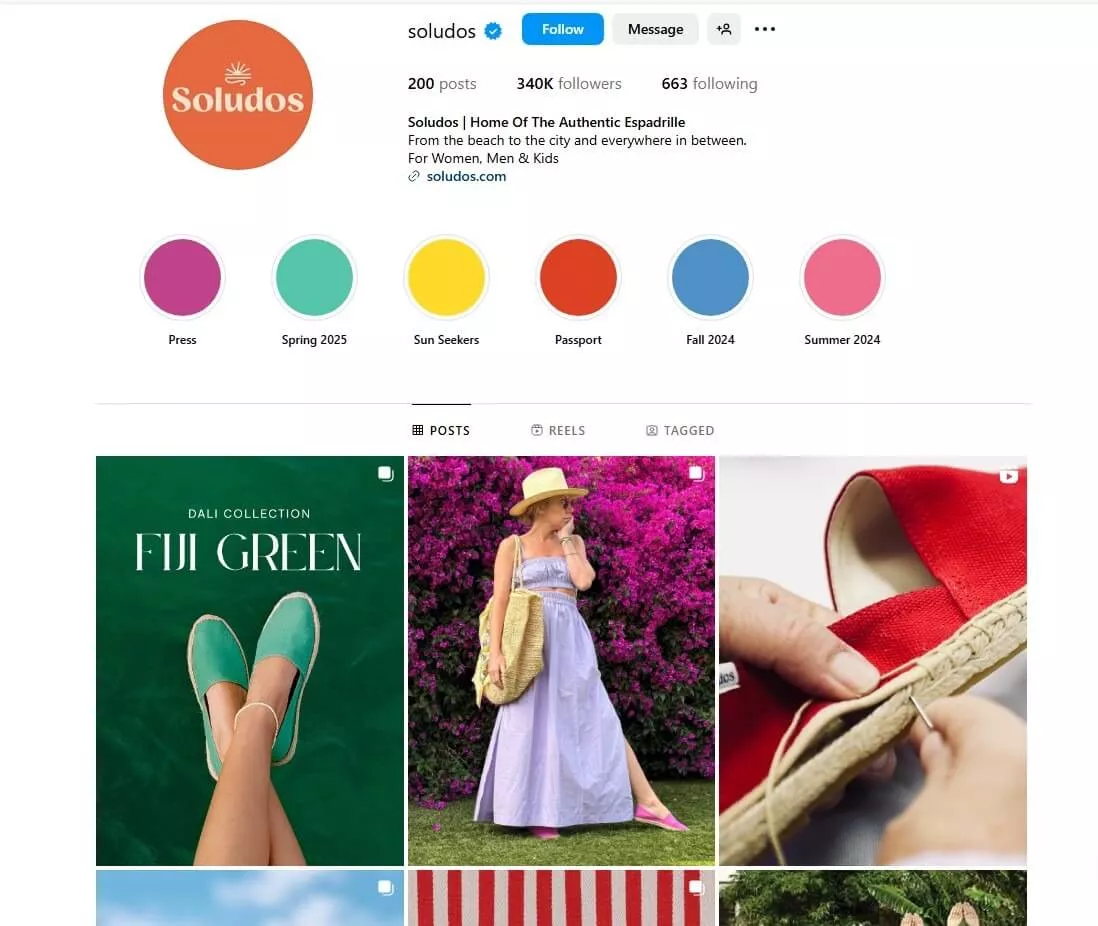
Your audience expects instant access to relevant, high-quality product images, clear pricing, and concise descriptions. A cluttered or inconsistent catalog slows down decision-making and leads to abandoned carts. Brands that prioritize catalog structure see higher engagement and more completed purchases, especially on platforms like Instagram and TikTok where attention spans are short. Direct-to-consumer brands like Glossier have set the standard for clean, mobile-first catalogs that convert social browsers into buyers.
Traditional ecommerce stores often focus on website optimization and overlook the unique requirements of social shopping. Social commerce demands catalogs designed for mobile-first browsing, with fast-loading visuals and streamlined product groupings. This approach addresses the key challenge of converting browsers into buyers in a crowded digital environment.
Quick Implementation Guide
- Standardize product images: Use consistent backgrounds, lighting, and dimensions for all product photos.
- Write concise, benefit-focused descriptions: Highlight what matters most to your target customer in 2-3 sentences.
- Group products logically: Create clear categories and collections based on customer needs and trending searches.
- Enable shoppable tags: Add product tags to images and videos to allow direct purchases within the platform.
- Optimize for mobile: Test your catalog on multiple devices to ensure fast loading and simple navigation.
KEY INSIGHTS
- Optimizing your catalog for social commerce increases conversion rates and customer engagement.
- Mobile-first visuals, concise descriptions, and logical groupings are essential for success.
- Consistently monitor catalog performance and adapt based on analytics.
For agencies and ecommerce founders: Which catalog optimization step will you tackle first? Share your experience or questions below.
Social Selling Approach #2: Host Engaging Live Shopping Events
Live shopping events in social commerce give your brand a direct line to customers, allowing you to showcase products, answer questions, and close sales in real time. Shoppers are more likely to buy when they can see products in action and get immediate feedback. According to Statista, the number of live commerce buyers in the United States doubled from 2022 to 2024.
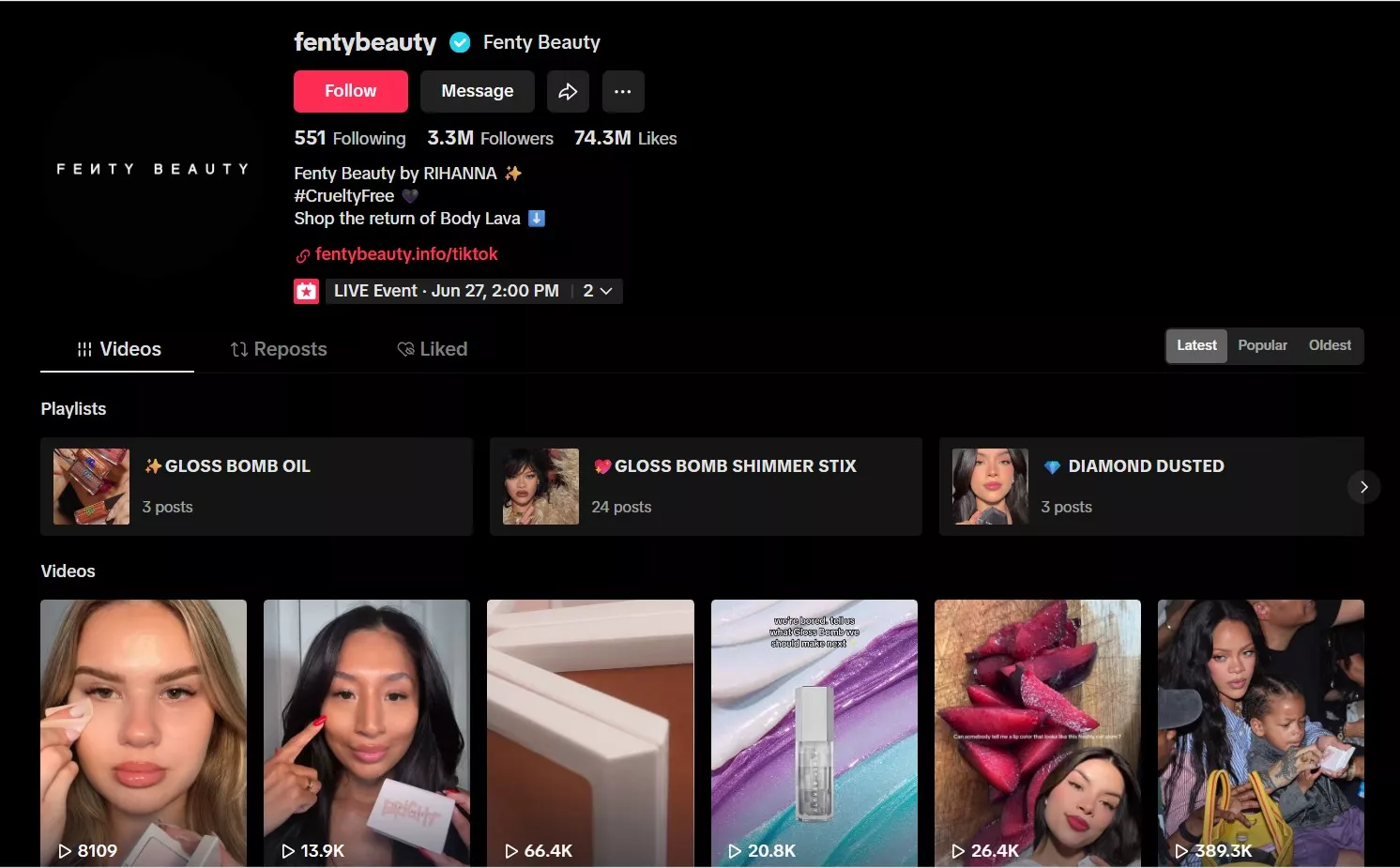
Unlike static posts, live events create urgency and foster a sense of community. When viewers see others buying, they feel encouraged to join in. This peer influence is especially powerful on platforms like Instagram and TikTok, where viewers can interact with hosts and each other. Gymshark, for example, has used live shopping to launch exclusive product drops, resulting in immediate sellouts and high engagement.
Traditional webinars or pre-recorded demos lack the immediacy and authenticity of live shopping. If your brand only uses pre-scheduled content, you may miss out on the excitement that drives impulse buying.
How to Host a High-Impact Live Shopping Event
- Pick the right platform: Choose where your audience is most active (Instagram Live, TikTok Live, or Facebook Live).
- Promote in advance: Announce your event with countdowns and reminders.
- Showcase bestsellers: Feature products with proven demand and high visual appeal.
- Engage with viewers: Answer questions, highlight comments, and offer exclusive deals for live attendees.
- Track performance: Record the event and analyze metrics like peak viewers, engagement rate, and sales generated.
KEY INSIGHTS
- Live shopping events drive urgency and real-time sales.
- Preparation and interaction are key to a successful event.
- Measure event performance to guide future improvements.
For SaaS and agency teams: How could you leverage live events for product demos or onboarding? Share your ideas below.
Social Selling Approach #3: Create Short-Form Product Videos
Short-form video is the engine of social commerce, grabbing attention in seconds and making products memorable. Wistia reveals that videos under one minute see an average engagement rate of 50%, while those over 60 minutes have a 17% engagement rate.
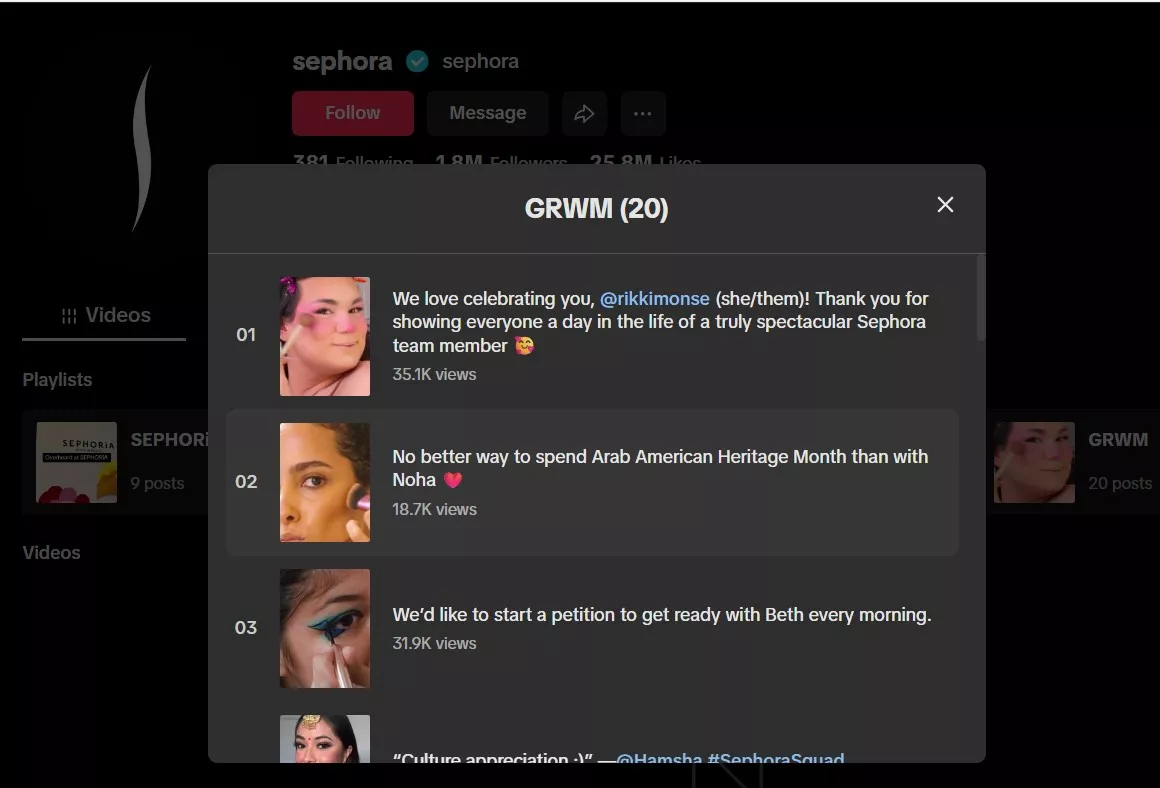
Short videos let you demonstrate product benefits instantly. They’re perfect for showing how something works, sharing quick tips, or highlighting new arrivals. For ecommerce brands, this format helps you stand out in crowded feeds and gives your products a personality. MVMT Watches, for instance, built its brand through a series of short, stylish product videos that highlighted everyday use and customer stories.
Relying on static images or long-form content can cause your brand to be overlooked. Short-form video is optimized for mobile and matches how users browse social platforms today.
Video Style Selection Guide
- Demo: Show the product in action. Best for tech, beauty, or apparel.
- Unboxing: Highlight packaging and first impressions. Great for new launches.
- Quick tip: Offer a how-to or hack using your product. Works for consumables or tools.
KEY INSIGHTS
- Short videos boost engagement and conversion rates.
- Choose your video style based on product type and campaign goal.
- Monitor performance to refine your content mix.
Ecommerce founders: Which video format has driven the most engagement for you? Let us know your results or challenges.
Social Selling Approach #4: Encourage and Use User-Generated Content (UGC)
User-generated content in social commerce is one of the most credible forms of marketing. When your customers share photos or reviews, it acts as social proof. Statistics show that 79% of people say UGC influences their buying decisions.
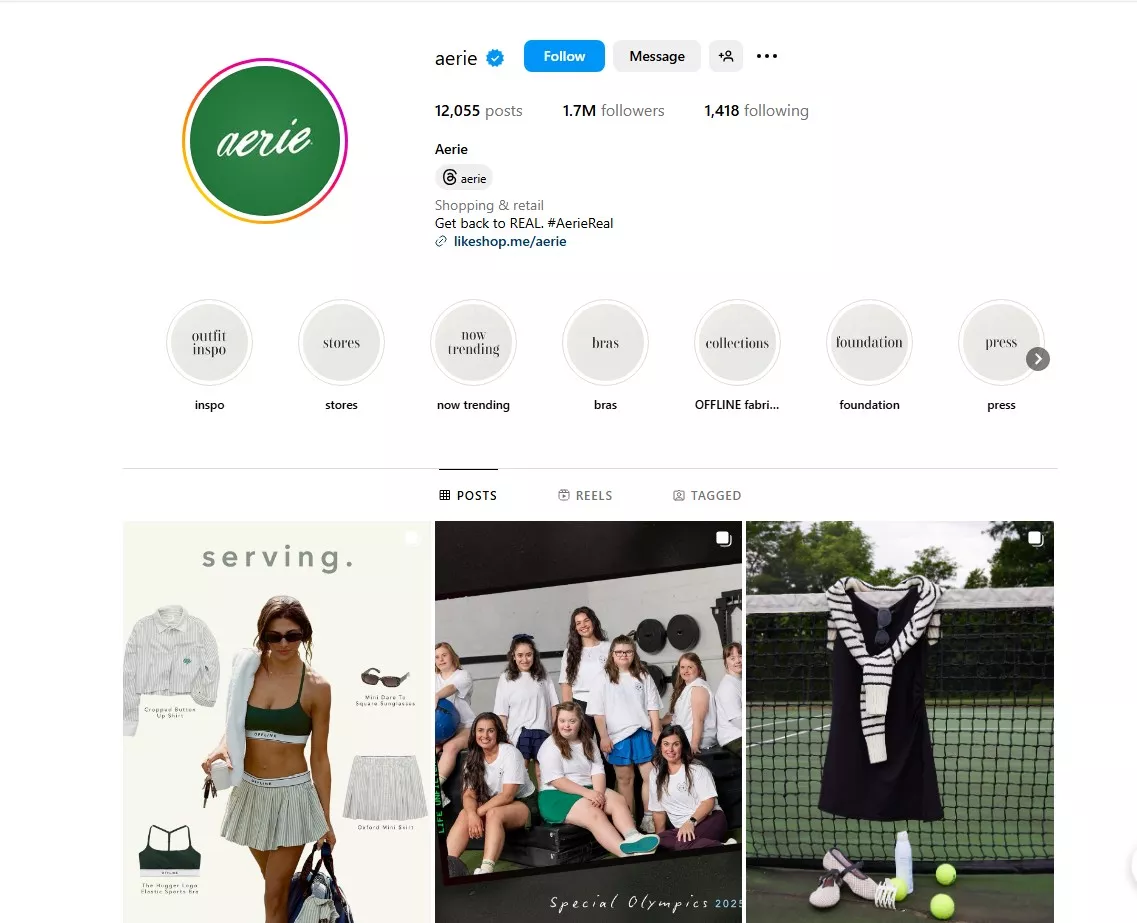
UGC helps your brand feel authentic and relatable. It reduces the skepticism buyers may have toward polished brand content. For ecommerce, leveraging UGC can fill your content calendar and lower your production costs. Glossier regularly features customer makeup looks on its Instagram, driving both engagement and new sales.
Brands that ignore UGC risk appearing out of touch or overly corporate. Inviting your audience to participate keeps your brand top of mind and builds a loyal community.
How to Encourage UGC
- Run hashtag challenges and feature the best posts on your profile.
- Offer small rewards or recognition for customer photos or stories.
- Respond and engage with UGC to show appreciation.
Do This / Not That
- Do This: Credit and thank users publicly/Not That: Use content without permission
- Do This: Curate diverse UGC to showcase real experiences/Not That: Only feature influencer or staged content
KEY INSIGHTS
- UGC builds trust and drives conversions.
- Reward participation and always credit creators.
- Measure UGC’s impact on engagement and sales.
Agencies and SaaS marketers: How are you using UGC in your campaigns? Share your favorite examples or challenges.
Social Selling Approach #5: Streamline In-App Checkout
In-app checkout is a game-changer for social commerce, letting customers buy without ever leaving the platform. This seamless process removes obstacles that cause shoppers to drop off before completing a purchase. US online shoppers prefer brands that offer in-app checkout.
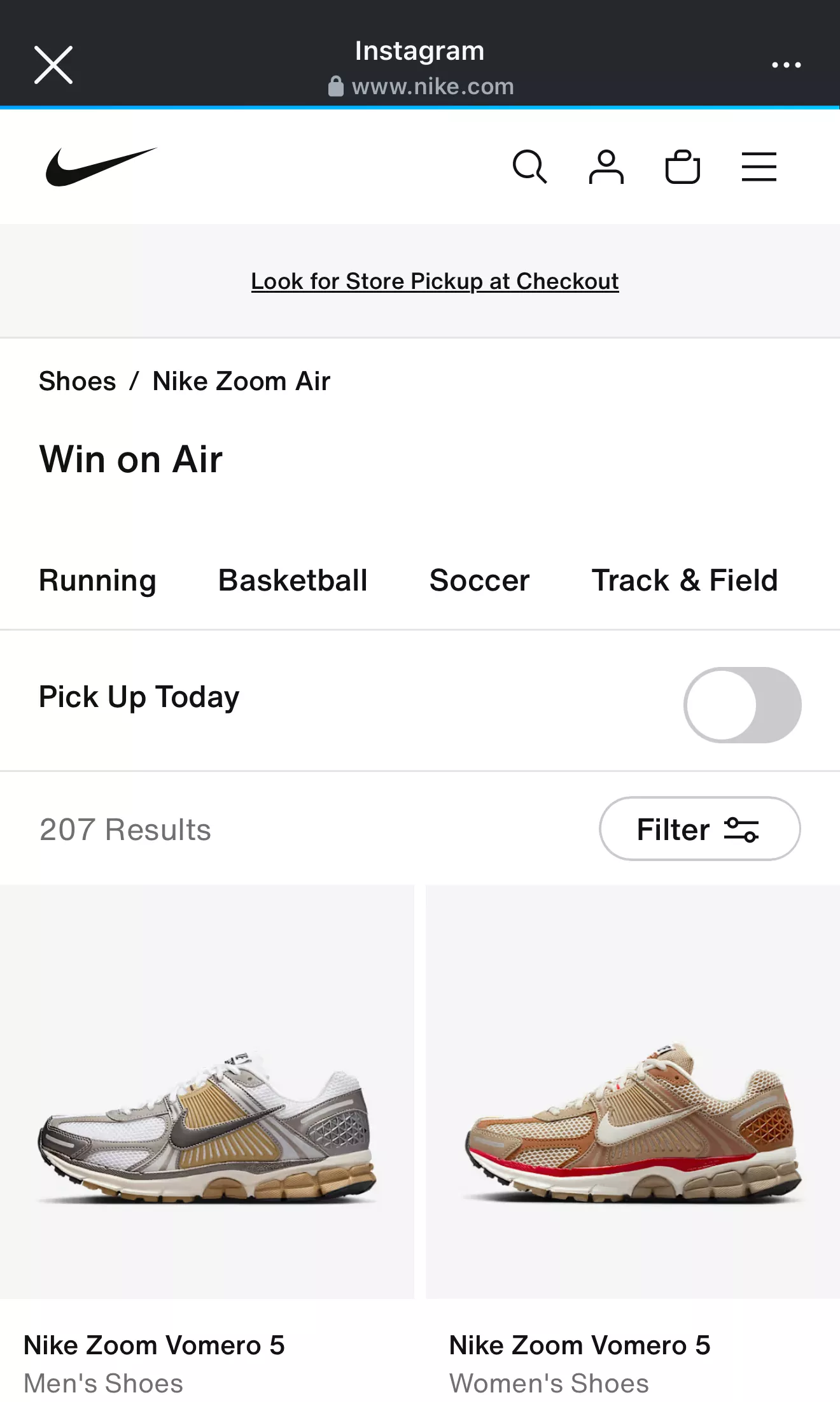
When buyers can check out with a few taps, you reduce cart abandonment and increase your conversion rate. This is especially important for mobile-first audiences who value speed and convenience.
Brands that route customers to external sites risk losing impatient shoppers. Optimizing for in-app purchases means meeting your customers where they are, with zero extra steps.
Step-by-Step
- Sign up for social commerce tools (e.g., Instagram Shopping, Facebook Shops, TikTok Shop).
- Connect your product catalog and verify your business information.
- Enable in-app payment options and test the checkout flow on different devices.
- Train your team to monitor orders and respond to customer inquiries quickly.
KEY INSIGHTS
- In-app checkout removes friction and boosts conversions.
- Setup is straightforward and delivers measurable improvements.
- Regularly test and refine the checkout experience.
Social Selling Approach #6: Personalize Recommendations with AI
AI-powered product recommendations in social commerce help you deliver a shopping experience that feels personal and relevant. When customers see suggestions that match their interests and browsing history, they’re more likely to click and buy. Research shows that personalization most often drives 10 to 15 percent revenue lift.
Generic product feeds won’t keep users engaged. AI tools analyze past purchases, likes, and even time spent on specific products to surface the best options for each shopper. This approach also helps you cross-sell and upsell with precision, increasing average order value without overwhelming your customers.
Traditional recommendation engines often rely on simple rules or bestsellers. AI-driven systems adapt in real time, learning from each interaction and improving accuracy as more data is collected.
Quick Implementation Guide
- Integrate an AI personalization tool with your ecommerce platform (e.g., Dynamic Yield, Nosto, or Shopify’s built-in AI features).
- Feed the system with as much customer data as possible: past orders, browsing behavior, and social engagement.
- Set up A/B tests to compare AI recommendations against manual ones and refine your approach.
KEY INSIGHTS
- AI-driven recommendations increase sales and customer satisfaction.
- Continuous data input and testing are essential for accuracy.
- Track performance to ensure your AI delivers measurable results.
Social Selling Approach #7: Partner with Micro-Influencers
Micro-influencer partnerships in social commerce let you connect with highly engaged audiences who trust the recommendations of creators they follow. These influencers, typically with 10,000 to 100,000 followers, offer higher engagement rates than celebrities and can spark genuine conversations around your brand. A Hubspot study reveals that micro-influencers can produce up to 60% more engagement than other types of influencers.
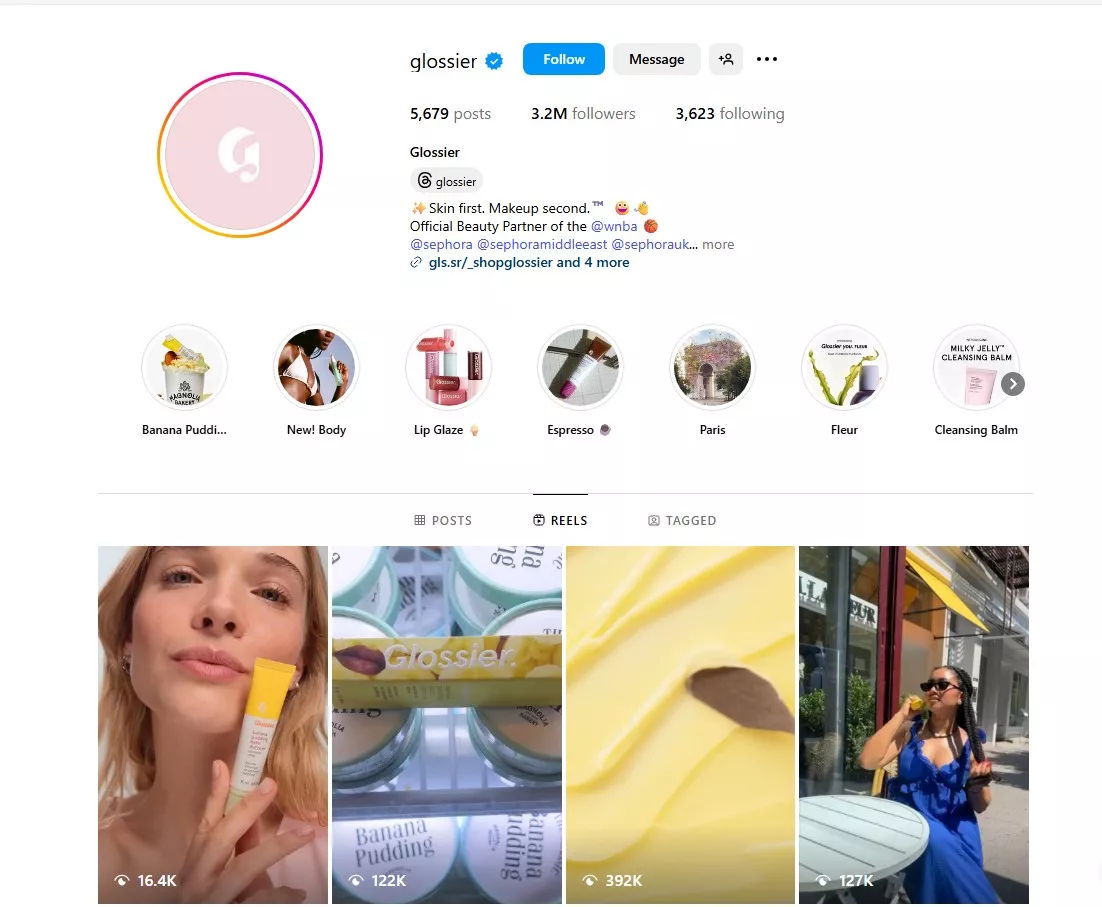
Large influencer campaigns may generate reach, but they often lack the authenticity and targeted impact of smaller creators. Micro-influencers are seen as peers by their followers, making their endorsements more credible and persuasive.
Traditional advertising can feel impersonal or intrusive. Collaborating with micro-influencers brings your products into real conversations, creating content that feels organic and relatable.
Step-by-Step
- Identify influencers whose audience matches your target demographic and brand values.
- Reach out with a clear value proposition and creative brief.
- Co-create content that highlights your products in authentic, everyday scenarios.
- Track campaign performance using unique discount codes or affiliate links.
KEY INSIGHTS
- Micro-influencer campaigns build trust and drive targeted engagement.
- Collaboration and authenticity are key to success.
- Measure ROI with campaign-specific tracking tools.
Social Selling Approach #8: Automate Customer Engagement with Chatbots
Chatbots in social commerce allow you to deliver instant answers, personalized recommendations, and guided shopping experiences around the clock. Customers expect fast responses, and a well-designed chatbot can handle routine questions, recommend products, and even process orders. Gartner reports that by 2027, chatbots will become the primary customer service channel for a quarter of organizations.
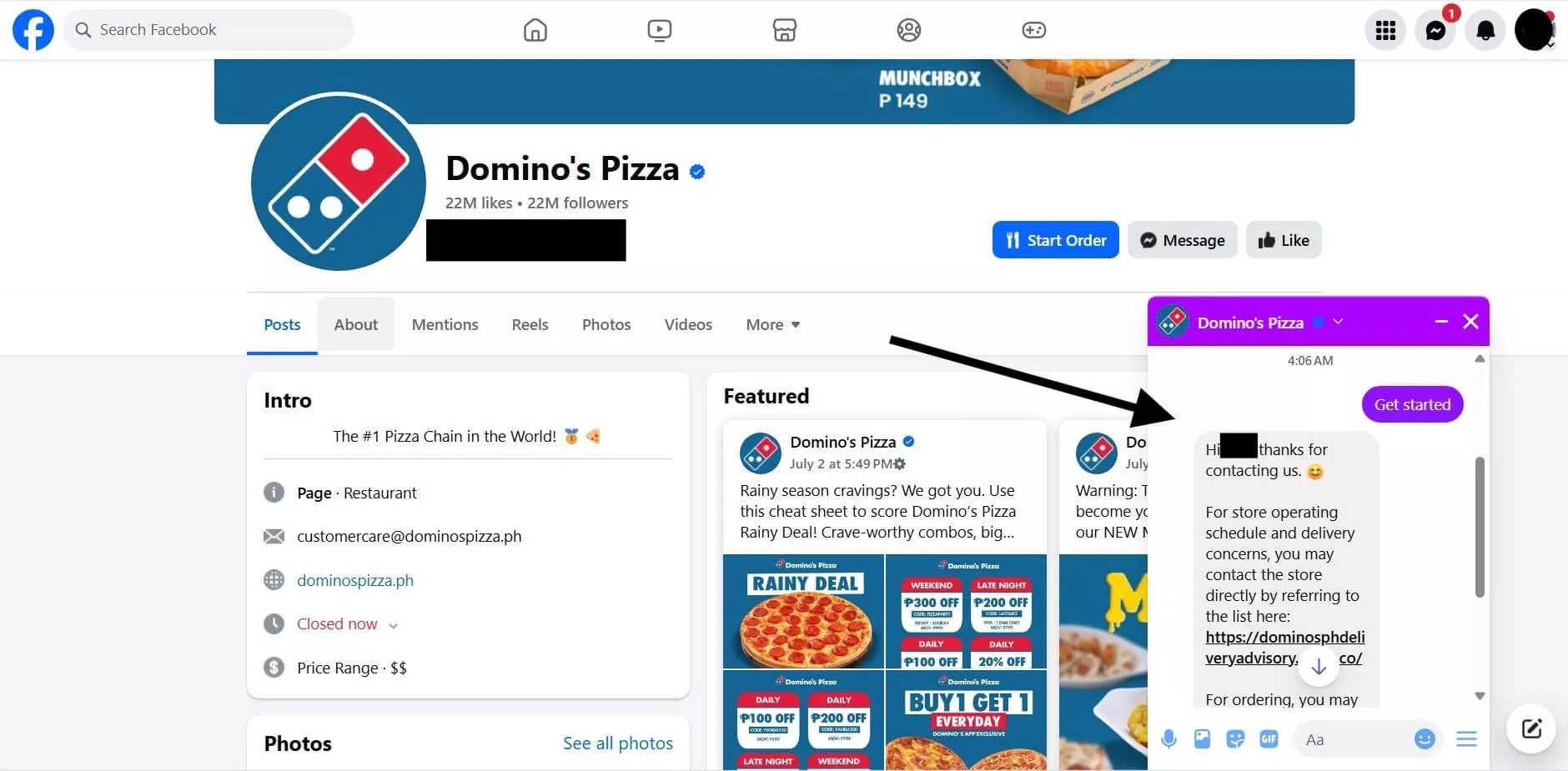
Relying solely on human support limits your ability to scale during peak times or across global markets. Automated chatbots reduce wait times, improve satisfaction, and free up your team for more complex tasks.
Basic FAQ bots are no longer enough. Today’s chatbots integrate with your product catalog, payment systems, and CRM to provide seamless support and sales.
Key Chatbot Features for Ecommerce
- 24/7 product recommendations and support.
- Order tracking and instant status updates.
- Personalized offers based on browsing and purchase history.
- Integration with payment and fulfillment systems.
KEY INSIGHTS
- Chatbots scale support and sales without sacrificing personalization.
- Integrate with your ecommerce stack for best results.
- Monitor key metrics to optimize chatbot performance.
Ready to take your social commerce strategy even further? Next, we’ll look at how to leverage analytics and insights to refine your approach and maximize ROI.
Social Selling Approach #9: Analyze and Adjust with Platform Insights
Platform insights in social commerce are essential for understanding what’s working and what needs improvement. By tracking real-time analytics, you can see which content, products, and campaigns drive engagement and sales. For ecommerce brands, this means making smarter, faster decisions that directly impact your bottom line.
Relying on guesswork or outdated metrics can hold your growth back. Today’s platforms offer robust dashboards that break down traffic sources, conversion rates, and audience demographics. Reviewing these insights regularly helps you spot trends, test new ideas, and double down on what performs best.
Many brands simply report on vanity metrics such as likes or follower counts. Instead, focus on actionable KPIs that tie directly to sales, including click-through rates, average order value, and customer retention.
Quick Implementation Guide
- Schedule weekly reviews of your analytics dashboard for each social platform.
- Identify top-performing content and replicate the themes or formats that work.
- Set quarterly benchmarks for conversion rate, average order value, and repeat purchase rate.
- Adjust your strategy based on real-time feedback, not just end-of-campaign reports.
KEY INSIGHTS
- Platform analytics guide your content and product strategy.
- Actionable KPIs are more valuable than vanity metrics.
- Consistent review and adjustment drive ongoing improvement.
Social Selling Approach #10: Run Limited-Time Social-Exclusive Offers
Limited-time offers in social commerce are a proven tactic for boosting conversions. When shoppers know a deal is available only for a short period and exclusively on social platforms, they’re more likely to act quickly. Consumers say time-sensitive offers influence their purchase decisions.
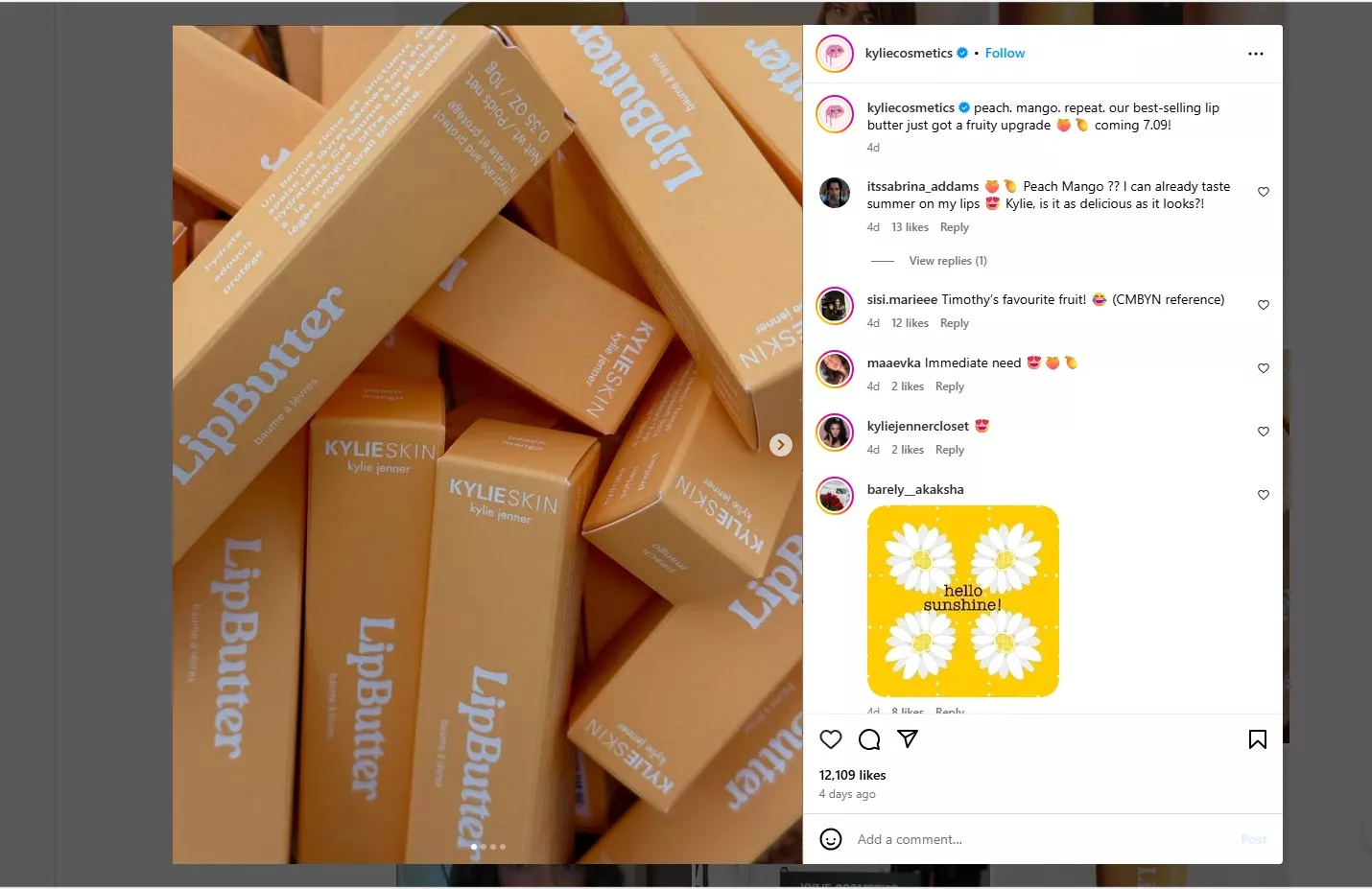
Unlike evergreen discounts, these exclusive campaigns create urgency and give your social followers a reason to stay engaged. They also help you measure the direct impact of your social marketing efforts on sales.
Brands that rely on generic, always-on discounts miss the excitement and FOMO that limited-time offers create. Social-exclusive deals reward your most loyal followers and help grow your audience.
Offer Ideas for Social Commerce
- Flash sales on new arrivals or bestsellers.
- Promo codes valid only for live event viewers or story viewers.
- Bundle deals that expire within 24 hours.
KEY INSIGHTS
- Social-exclusive offers drive urgency and sales.
- Rotate offer types and timing for best results.
- Measure redemption and follower growth to track campaign success.
Social Selling Approach #11: Build Community with Interactive Features
Interactive features in social commerce, such as polls, Q&As, and live chats, help you build a loyal brand community. When your audience feels heard and involved, they’re more likely to return, share your content, and recommend your products. Community-driven brands see higher retention and customer lifetime value.
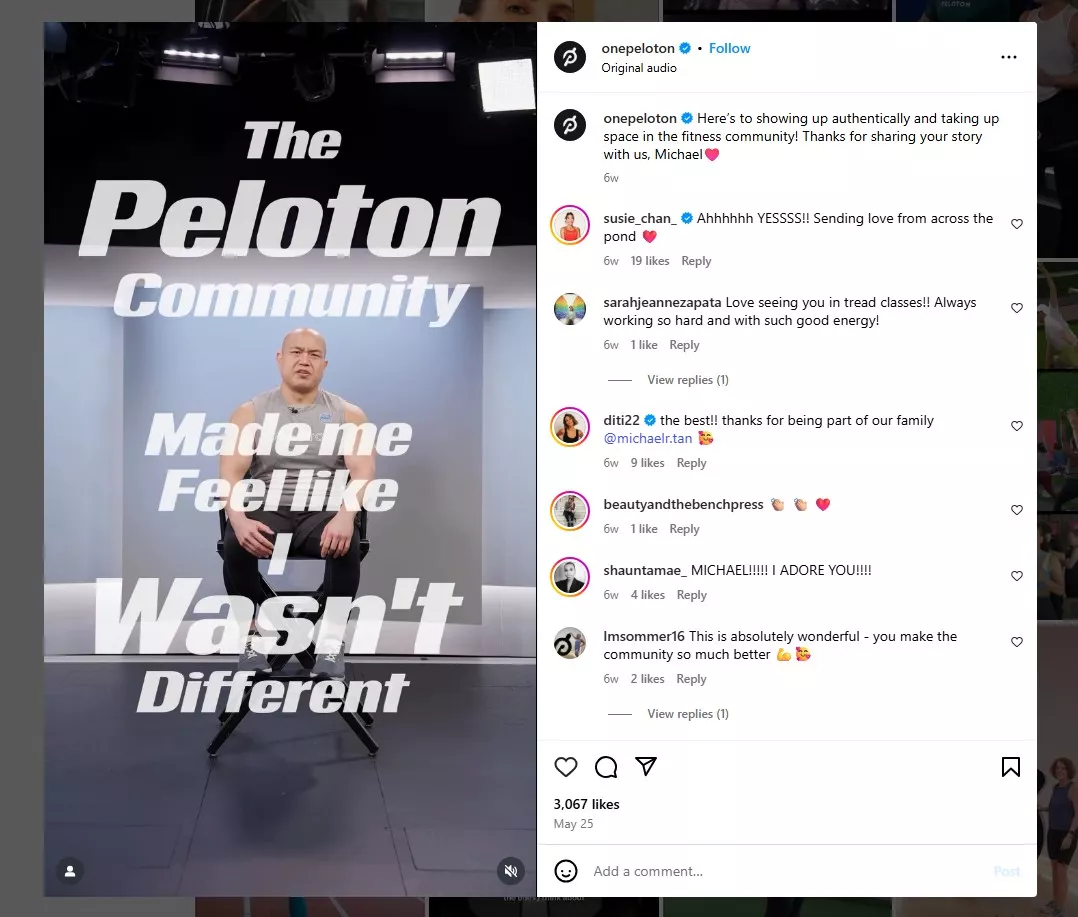
One-way communication leaves shoppers feeling disconnected. By inviting feedback and participation, you create a sense of belonging that sets your brand apart. Interactive tools also provide valuable insights into what your customers want and need.
Brands that ignore community-building features risk losing out to competitors who make engagement a priority. Today’s buyers expect more than just products—they want to be part of a brand story.
Interactive Features to Try
- Weekly polls on product preferences or new launches.
- Live Q&A sessions with founders or product experts.
- Exclusive groups or forums for loyal customers.
KEY INSIGHTS
- Interactive features build loyalty and boost repeat business.
- Community feedback guides product and content strategy.
- Measure participation and retention to prove ROI.
Which interactive feature will you try first? Share your ideas or questions below and keep building your social commerce momentum.
While social selling builds community and drives engagement, it's just one piece of your larger ecommerce strategy. To truly scale your business, you need multiple traffic sources working together to create a robust customer acquisition system. In this article, we'll show you exactly how to do it.
Want to get all your marketing and funnel work done—without the headaches of hiring a team? Download our free guide: 33 Marketing Projects You Can Delegate to Growbo and discover how to save 100+ hours a month, grow faster, and scale without the overhead.
Conclusion
I've spent years helping brands sell through social media, and I can tell you one thing for sure - your customers are already shopping there. They're scrolling through Instagram and TikTok with their credit cards ready. The question is: are you making it easy for them to buy?
When over half of online shoppers prefer buying without leaving their favorite apps, you can't afford to miss out. The good news? You don't need to implement everything at once.
Here are the steps that will give you the biggest wins right away:
- Clean up your product images and descriptions for social platforms
- Try one live shopping event this month
- Create three short videos showing your bestsellers in action
- Start featuring customer photos in your posts
- Set up in-app checkout on at least one platform
Most business owners I talk to know exactly what they should be doing with social commerce, but finding the time and expertise to execute is the real challenge.
That's why we created Growbo - to handle these marketing tasks for you. You can hand off your social commerce implementation to our team of specialists. No need to hire experts or juggle multiple freelancers.
Not sure which strategy is right for your specific business? Schedule a free consultation call with our team today.
Get unlimited marketing support and our team will implement these social commerce strategies while you focus on what you do best.
Which social commerce strategy are you most excited to implement? Drop a comment below!
Keep Growin', Stay Focused,
Image Credits:
1. https://www.instagram.com/soludos/
2. https://www.tiktok.com/@fentybeauty
3. https://www.tiktok.com/@sephora
4. https://www.instagram.com/aerie/
5. https://www.instagram.com/nike/ (mobile)
6. https://www.instagram.com/glossier/reels/
7. https://www.facebook.com/dominosph
8. https://www.instagram.com/p/DL0DKAfuj2a/?img_index=1
9. https://www.instagram.com/reel/DKFK9hbOCa2/



